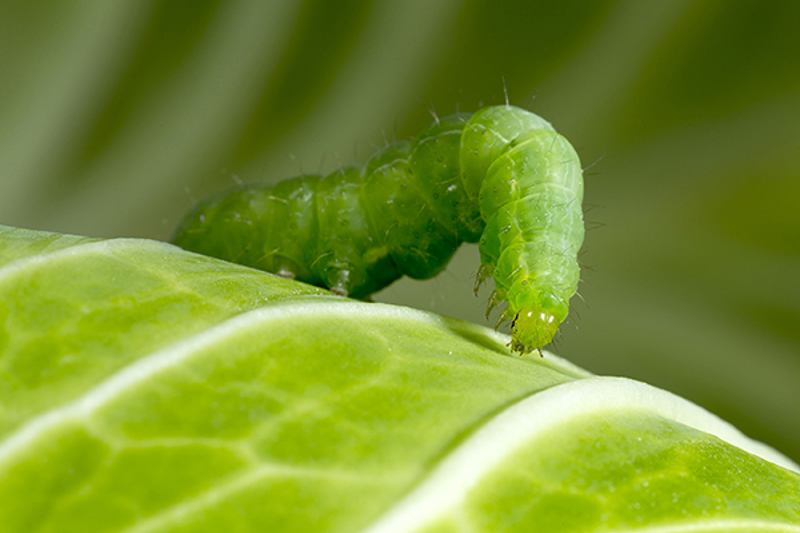Yates Account
Join now
Create a Yates account today!
Sign up to join the Yates Garden Club for monthly e-mails packed with seasonal inspiration, tips for success & exclusive promotions.
Plus if you’re a Garden Club member you can take part in the Yates Growing Community - a blog to share successes, get advice & win prizes in fun challenges along the way!

Forgot password
Enter the email address associated with your account, and we'll email you a new password.
Do you sometimes go out in the morning to find pieces of your plants have disappeared overnight? Identifying the culprit can be difficult, but this is a bit like one of those television detective shows, where you have to weigh up all the evidence before you can nail the guilty party.

First, clear the names of any suspects that couldn’t possibly have caused the damage. For example, if there are chew marks, you know it’s not a sap sucking insect – they siphon juices out of the plant – so that eliminates aphids, mealybugs and mites.
Next, look at how much plant material has been removed.
If big chunks have disappeared, then clearly a large animal has been at work.
Possums will be your number one suspect. Listen at night for possum noises on the roof, or for the screeching and gurgling sounds of their nocturnal antics. Try applying home-made remedies like fish sauce or moth flakes, or festoon plants with balls of dog hair or Yates Dynamic Lifter Organic Plant Food knotted into stocking toes. While these methods work with some possums, there are no guarantees. If you don't want to call in the 'big guns', it may be a case of learning to live with the possums’ nocturnal snacking.
Rats also eat plant parts, especially starch-filled sections like bulbs, swollen vegie stems or ripe fruit. Rats are serious garden undesirables, but they can be controlled with a rat bait (called a rodenticide). Choose one that’s most suited to your needs, and make sure you follow instructions carefully. Ratsak products are fast-acting and are available as Ratsak Wax Blocks or Ratsak Throw Packs. When baiting outdoors: place bait inside a Ratsak Reusable Rodent Bait Station where it will be protected from the rain and from inquisitive dogs and cats.
Birds are rippers and tearers. They use their beaks to tug at pieces of plants, or they’ll rip through your lawn or nicely mulched garden searching for fat, juicy grass grubs. If birds are causing lots of plant damage, try using bird scarers like old CDs strung onto poles, the inexpensive glittery bird tape available from garden centres, or resort to physical barriers such as netting.

If you see smaller sections that have been systematically eaten away then it could be…
Caterpillars. Check for them carefully, they can be hard to spot. There's a wide variety of caterpillars to be found throughout the year and it’s amazing how much plant material they can chomp their way through. Cabbage white or diamondback caterpillars, cutworms, relentless armyworm, tomato fruit worms and codling moth caterpillars are all chewers to look out for.
Yates Success Ultra Insect Control is targeted at moth and butterfly caterpillars. It's very effective, plus it'll also take care of hard-to-kill pear and cherry slug, a shiny grub that’s actually a member of the sawfly family.
Snails and slugs are voracious chewers that leave slime trails as evidence of their activity. Sprinkle Yates Blitzem Slug & Snail Pellets to protect seedlings from attack. Place the pellets inside a container (e.g. a piece of plastic tubing) to ensure they’re out of reach of domestic pets.
Other culprits
Other chewers are weevils, earwigs and beetles. If you’re unsure of the best option to tackle these nasties or need help identifying, please contact us on Live Chat and we’re happy to talk you through everything.

















Share
Share this article on social media